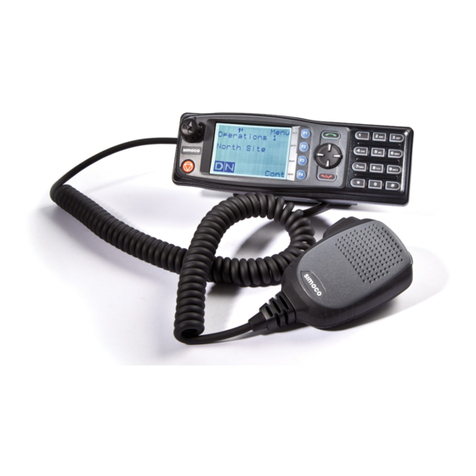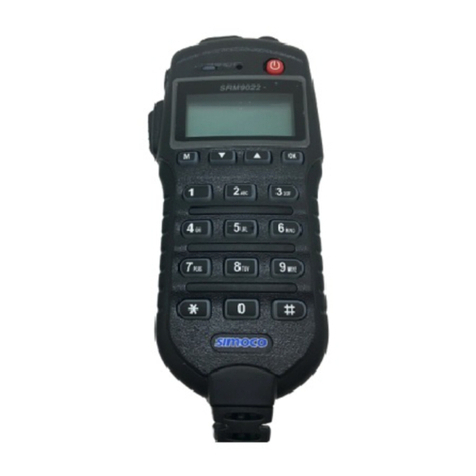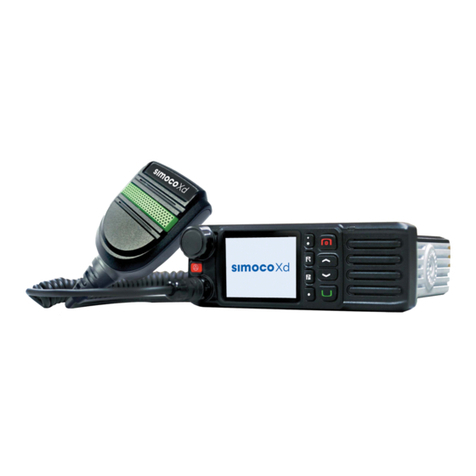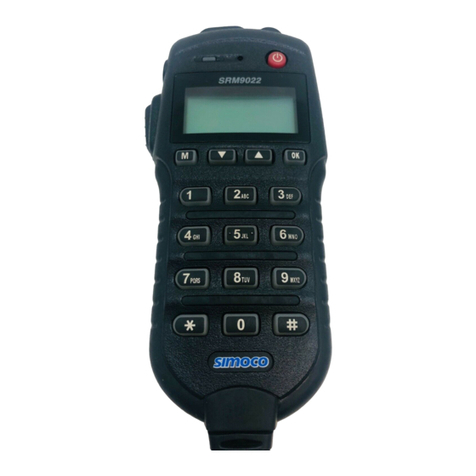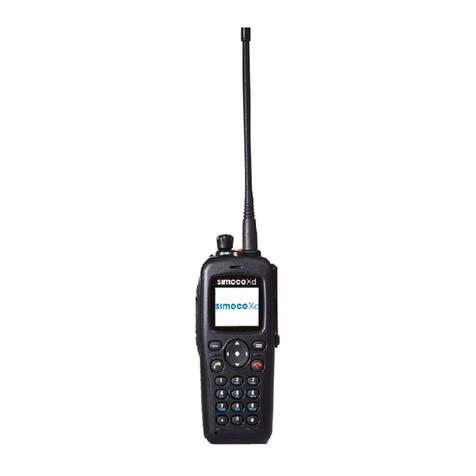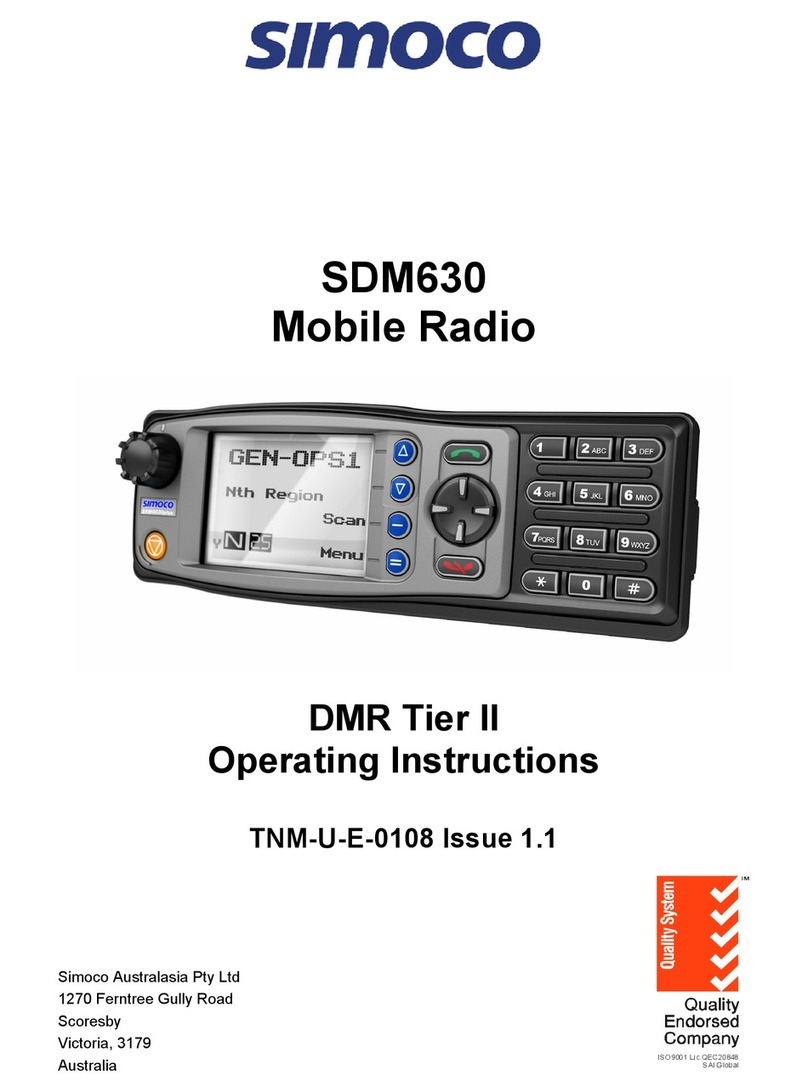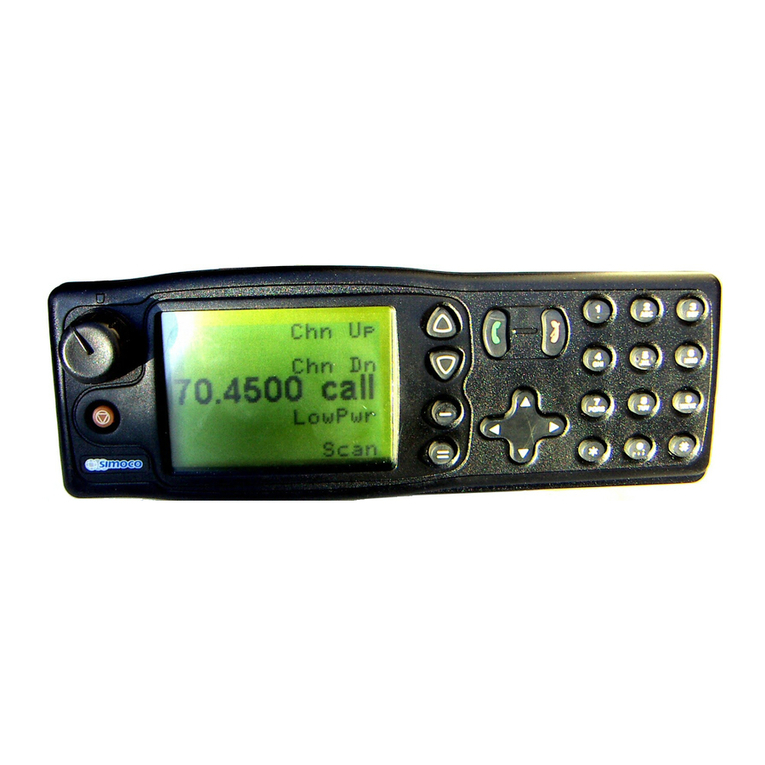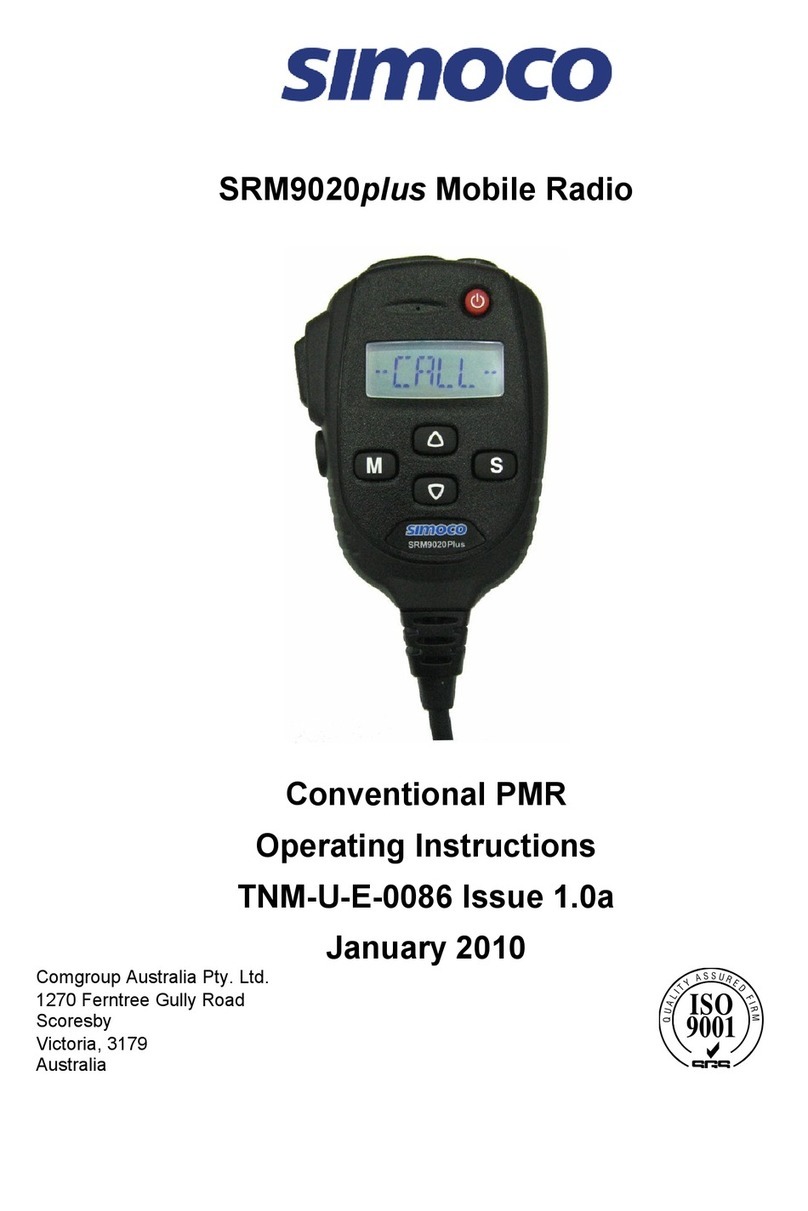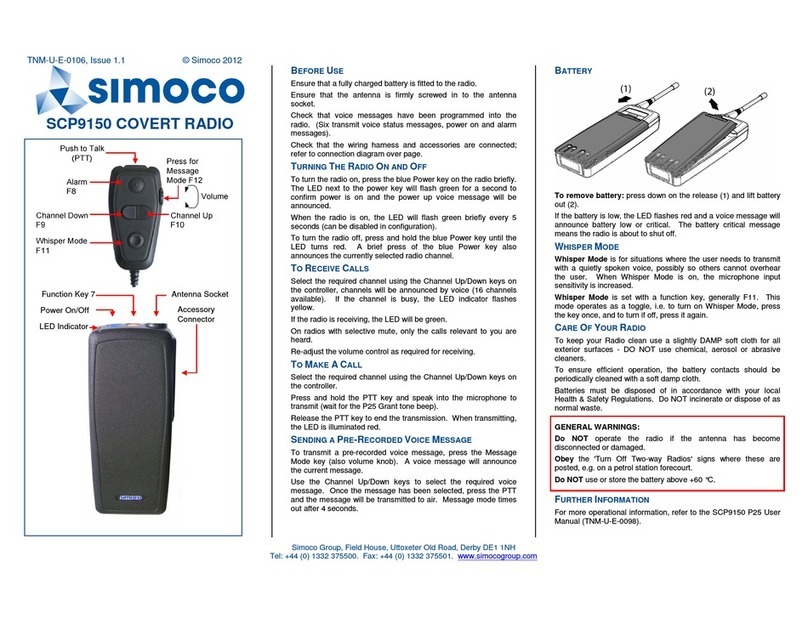MRMap Development Team 14/01/2009
The General Principles of Rebroadcasting
As you will see in the following pages, re-broadcast is not a lot different in effect, from
manual relay. The same vehicle in the same position could handle both methods. The only
real difference is that there is now no need for the vehicle driver to relay massages to base.
The argument that manual relay takes a team member off the hill is not really valid as most if
not all teams have people who’s hill-going days are a memory rather than a fact. These people
do, however, have a wealth of understanding as to what the rest are doing when dashing up
the hill. They are to be found in the manual relay vehicles of a number of teams already.
Radio re-broadcast does not make them redundant, in fact it may well make their lives a little
more interesting occasionally. For automatic
re-broadcast to work, the vehicle must be correctly positioned. The driver of the manual relay
vehicle may well, during the course of a search for example, have to move the vehicle in order
to maintain good comms between him or herself and base whilst still being able to contact the
moving hill-party. This doesn’t change in re-broadcast and if there is any possibility of the hill-
party shifting it’s position then an un-manned re-bro vehicle may become unusable. Intelligent
autonomy is required from your rebro vehicle driver, they must re-locate to a new position,
sometimes without any instruction from base. They become a very important element of your
communications system as a whole.
The job of the rebro vehicle driver, is to find the best position to establish good comms be-
tween base and the vehicle and the hill-party and the vehicle. Once this has been done, the re-
broadcast device can be switched on and comms is then automatically handled by the vehicle.
However, the driver still needs to monitor the comms to ensure that the vehicle is still in the
optimum position. If not then he or she will have to advise both parties of an intention to re-
locate and this must be done as quickly as possible.
Re-broadcast isn’t magic, it won’t always work. All teams have places where comms are par-
ticularly bad and base will expect to loose the hill-party in such locations. If they’re just passing
through this location, it probably doesn’t matter. If the casualty has managed to crawl to the
most difficult location possible before collapsing then most of your work will occur out of reach
of comms with base. Whether this is important or not depends on a lot of factors but it proba-
bly will be.
This is what the re-broadcast system was designed for as against wide area repeaters de-
signed to provide saturation coverage of a team area. Most Lakes and Lancs teams already
have reasonable coverage of their areas by radio, usually from existing fixed sites. We have all
had radios for over fifteen years so they aught to work by now! They don’t cover everywhere,
indeed, the laws of physics prevent this anyway. However, the positioning of remote aerials or
careful positioning of bases has resulted in generally good coverage. In effect, most teams
unknowingly have a simplex version of ‘Wide-area-coverage’ already.

